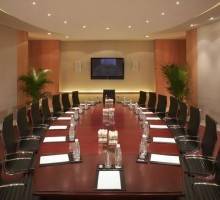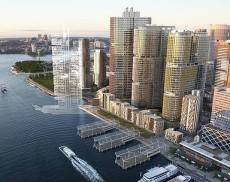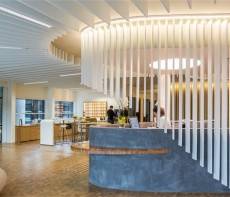June 18, 2014
Lack of joined up thinking hampers efforts to reduce commercial property energy consumption
 A new report commissioned by the Green Construction Board, Property Industry Alliance and UK Government claims that efforts to tackle energy consumption in commercial property and reduce the associated emissions of greenhouse gases needs a new approach to the way policies are understood, monitored and enforced. The warnings come in a paper produced by Deloitte which suggests that while the associated potential for savings and a wide range of environmental and economic benefits are beyond question and the Government has the will to make them happen, there is a lack of cohesive thinking in current policies and legislation coupled with a shortfall in innovation and investment. When the report was commissioned last year, it was done so on the basis that buildings remain the UK’s largest contributor to carbon emissions, with energy use in non-domestic buildings accounting for 17 per cent of the total.
A new report commissioned by the Green Construction Board, Property Industry Alliance and UK Government claims that efforts to tackle energy consumption in commercial property and reduce the associated emissions of greenhouse gases needs a new approach to the way policies are understood, monitored and enforced. The warnings come in a paper produced by Deloitte which suggests that while the associated potential for savings and a wide range of environmental and economic benefits are beyond question and the Government has the will to make them happen, there is a lack of cohesive thinking in current policies and legislation coupled with a shortfall in innovation and investment. When the report was commissioned last year, it was done so on the basis that buildings remain the UK’s largest contributor to carbon emissions, with energy use in non-domestic buildings accounting for 17 per cent of the total.























